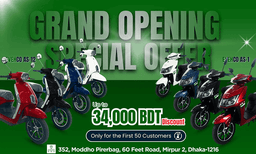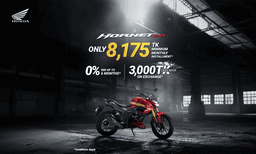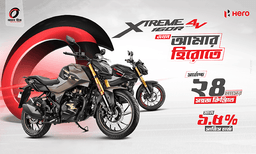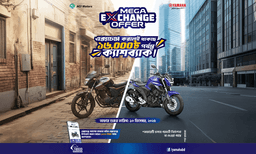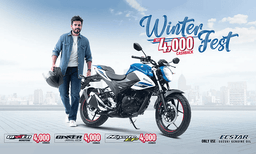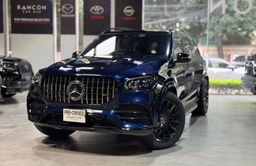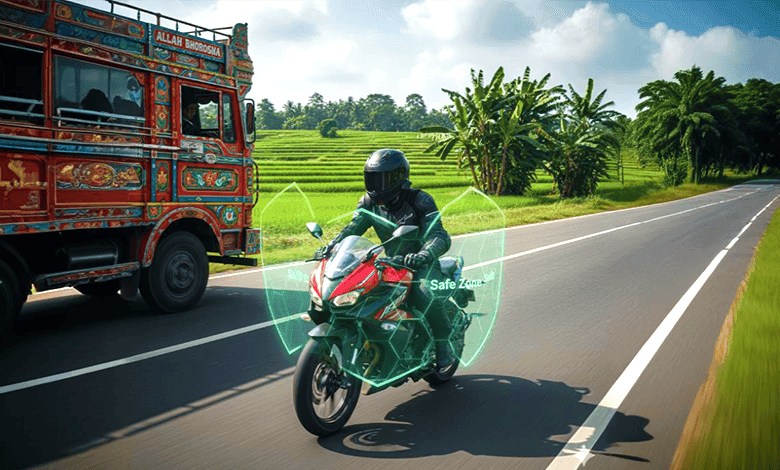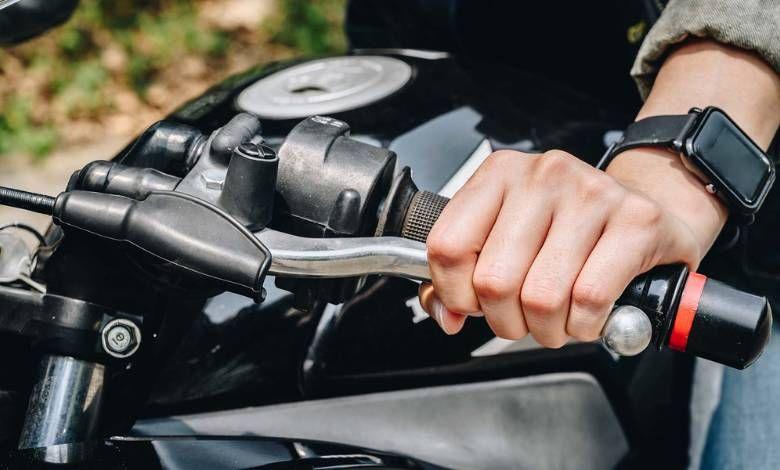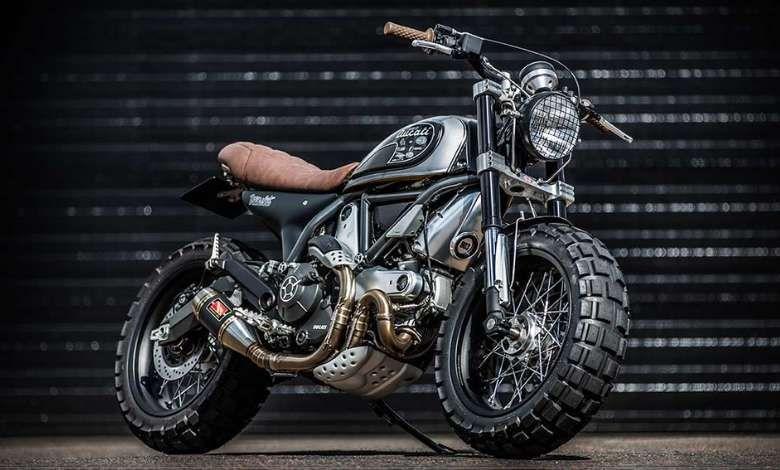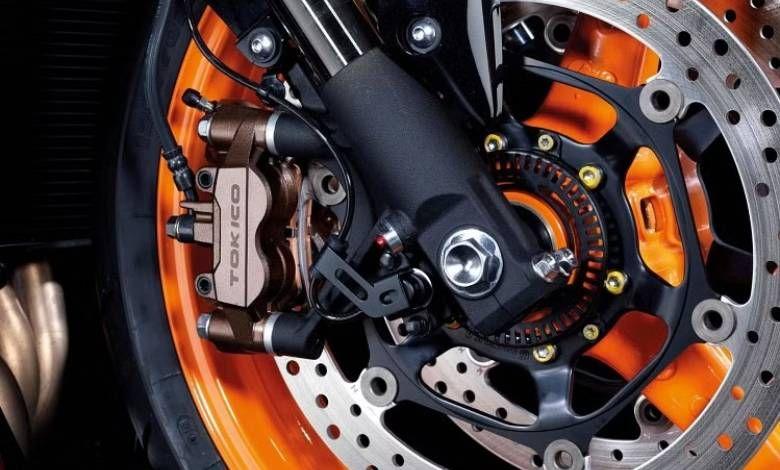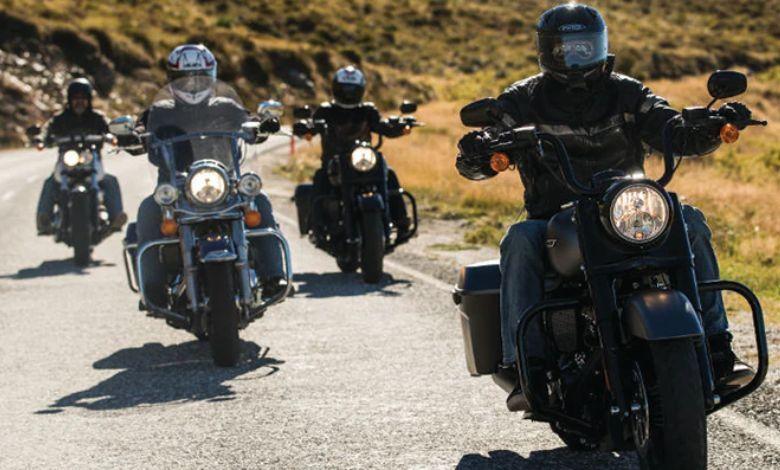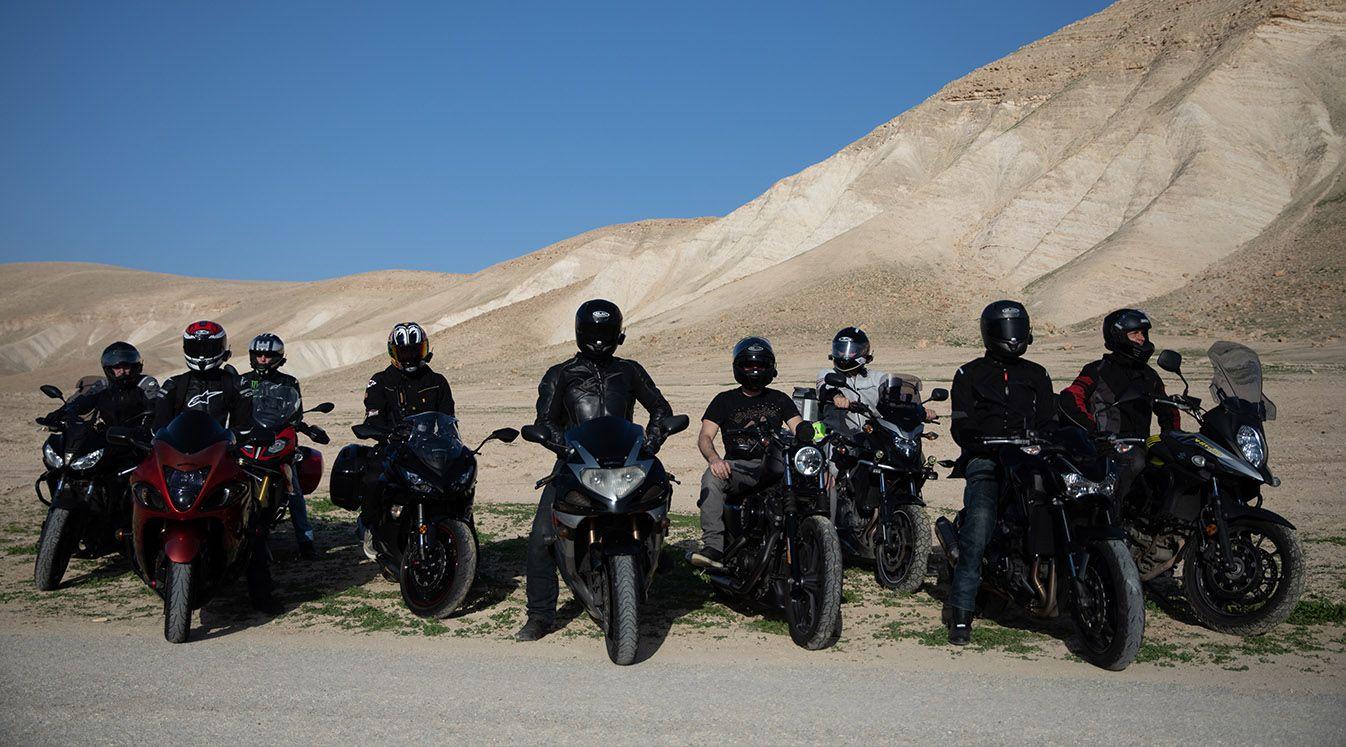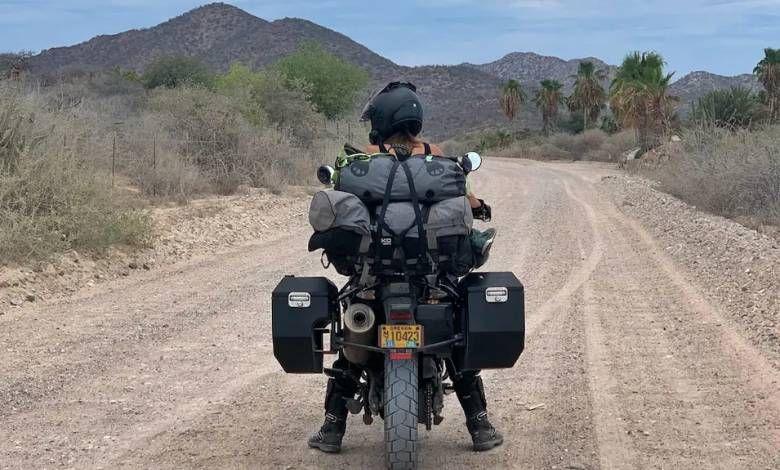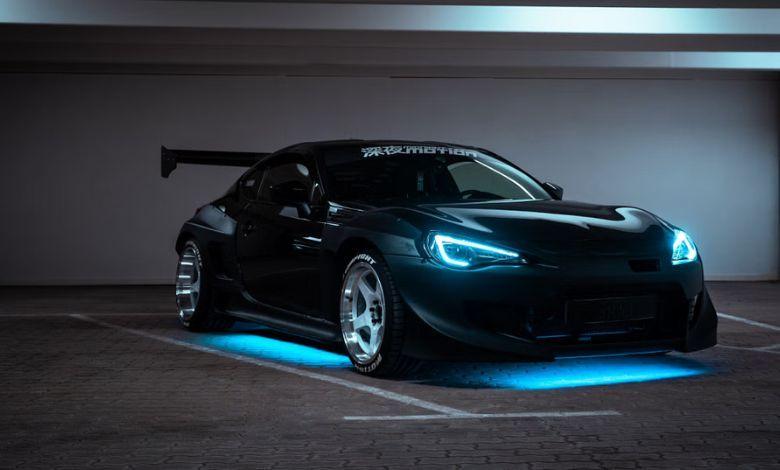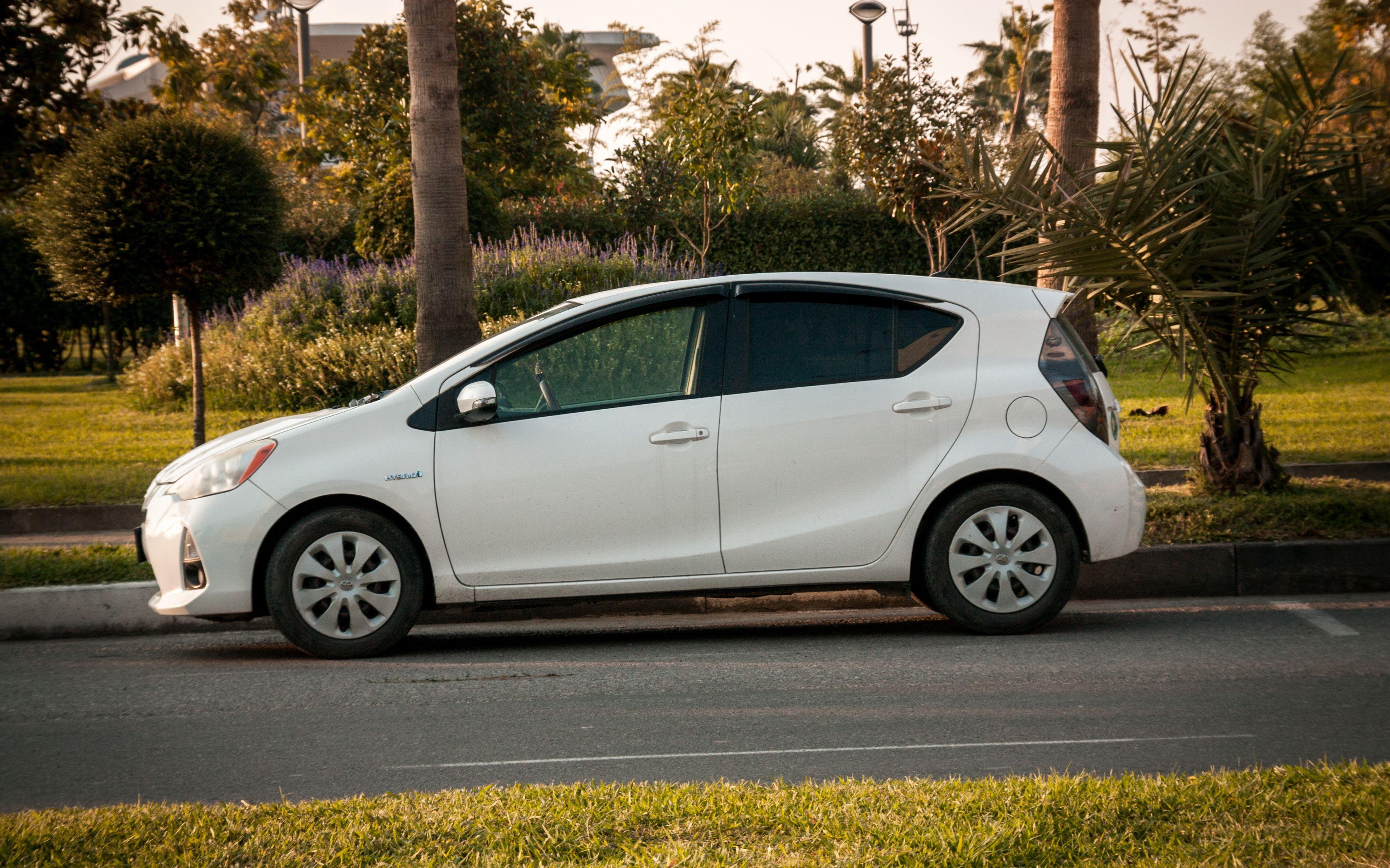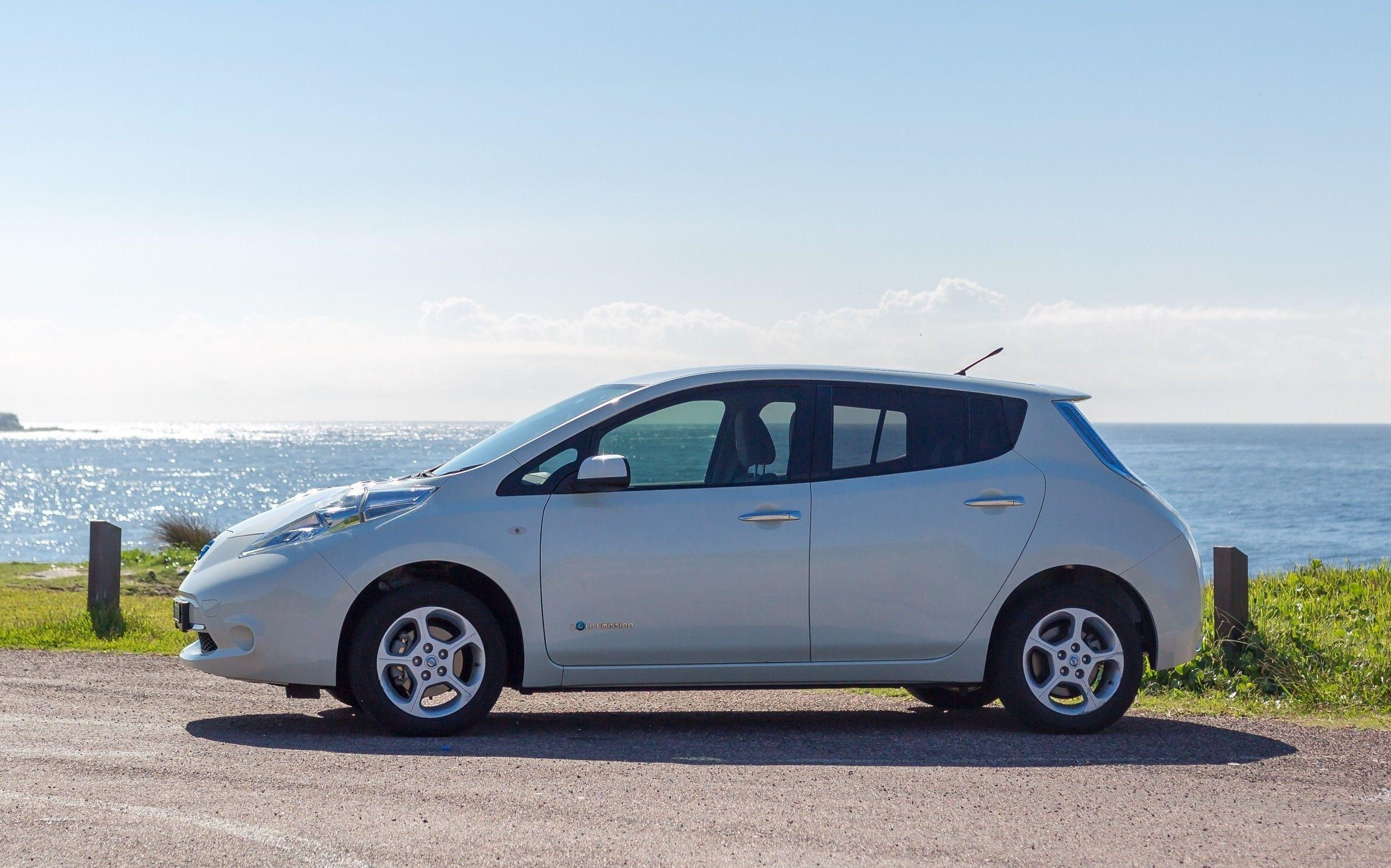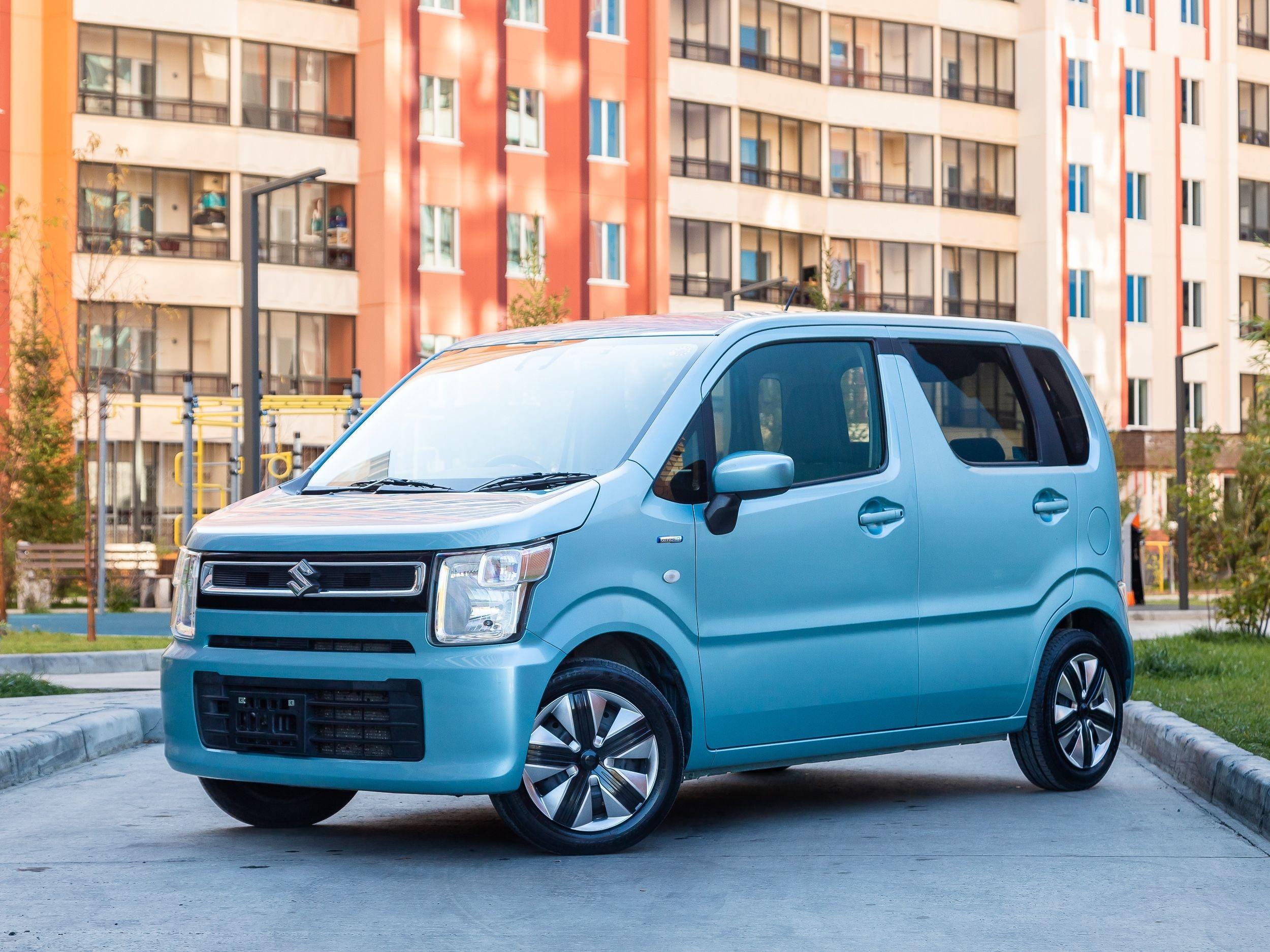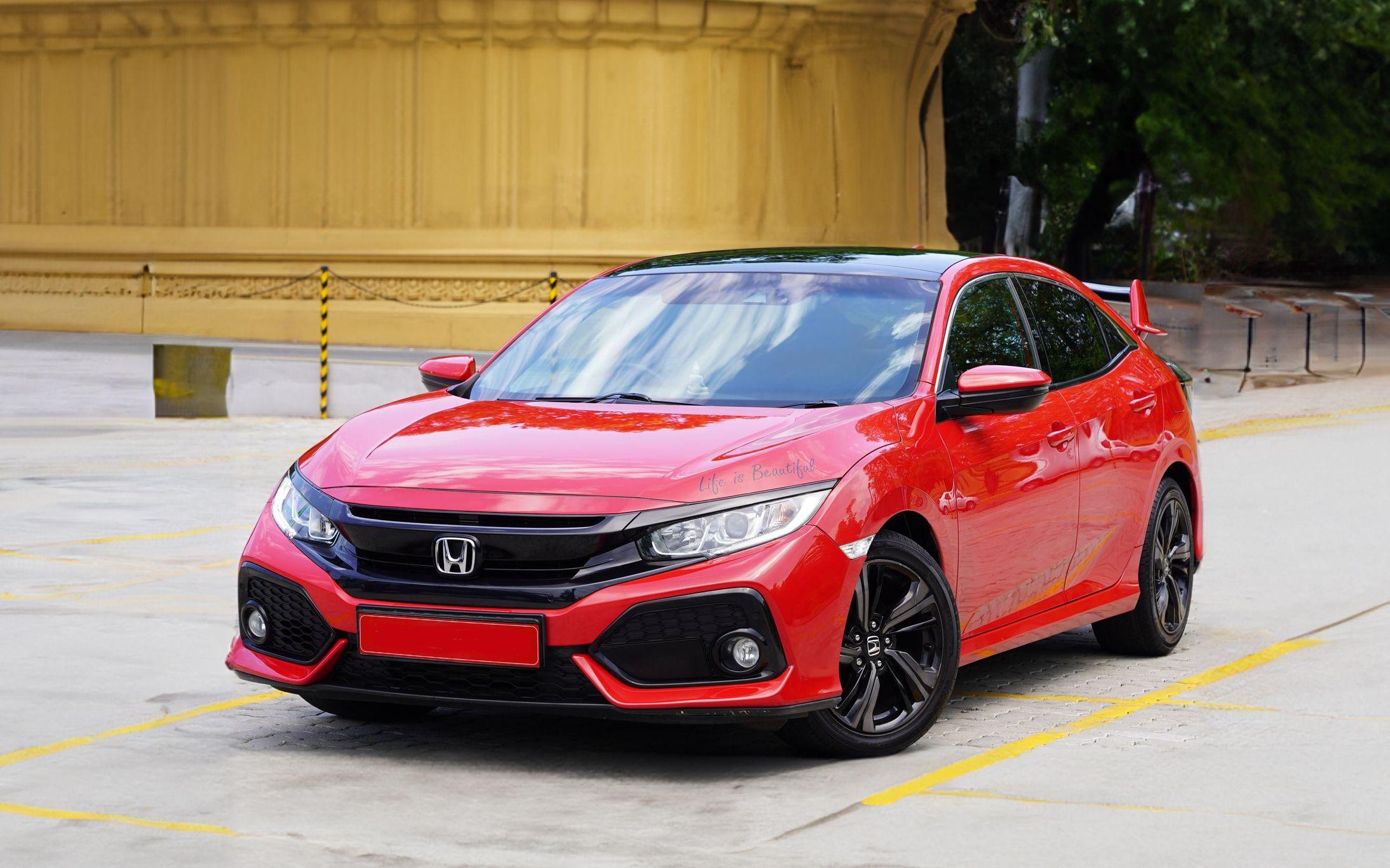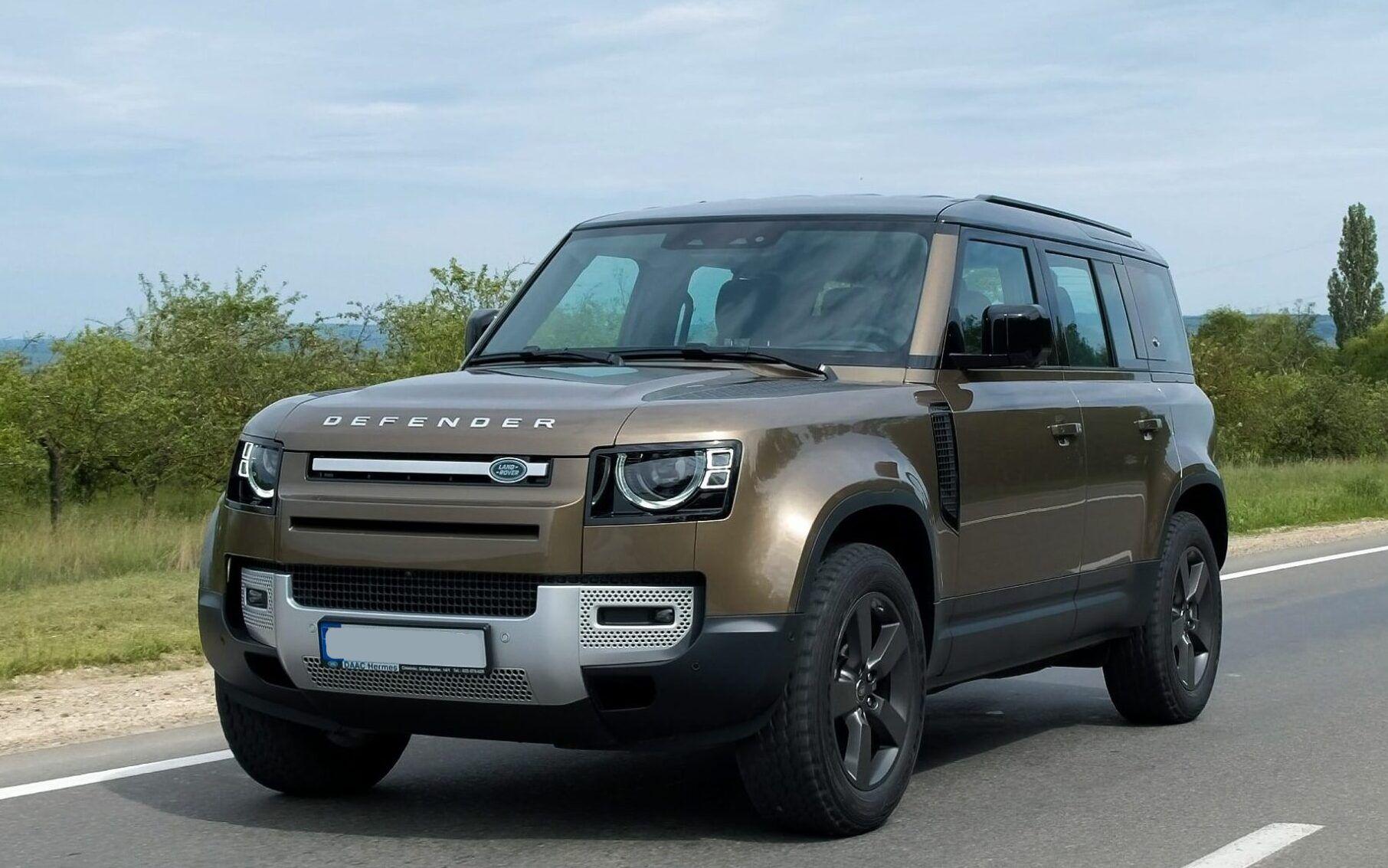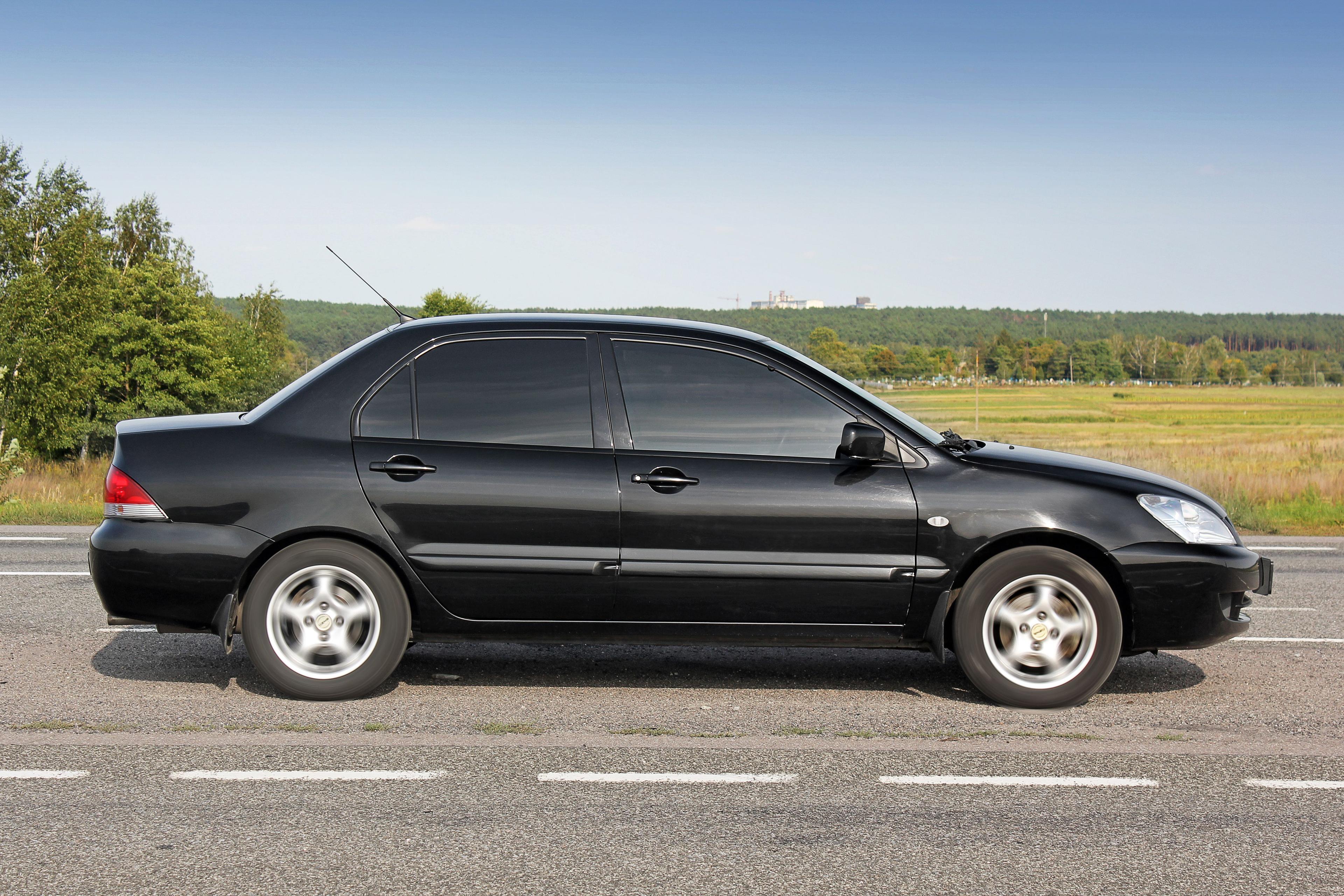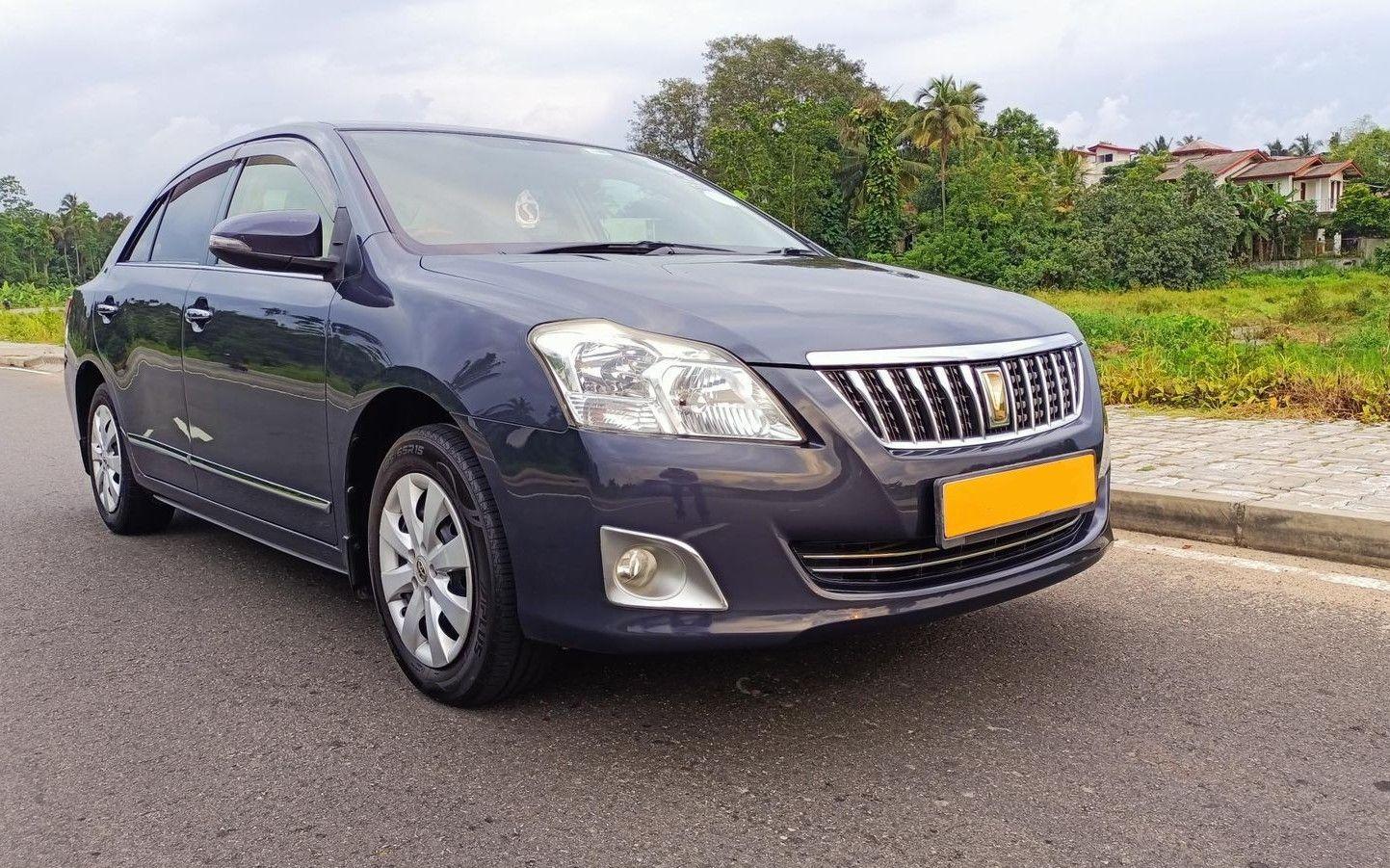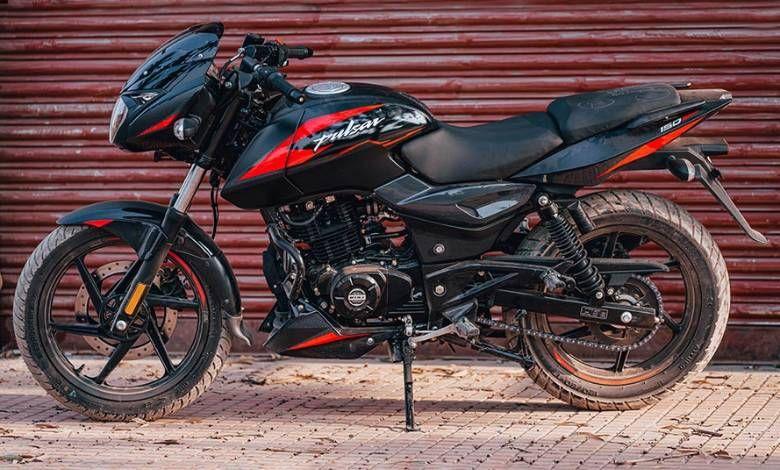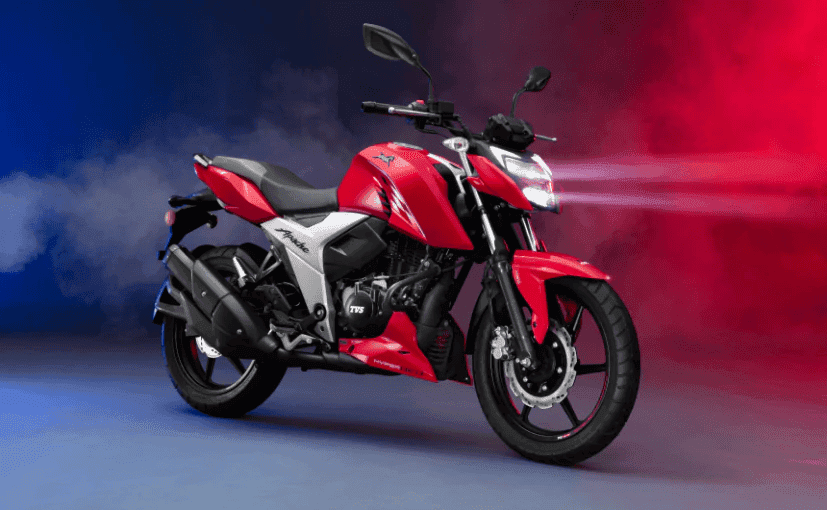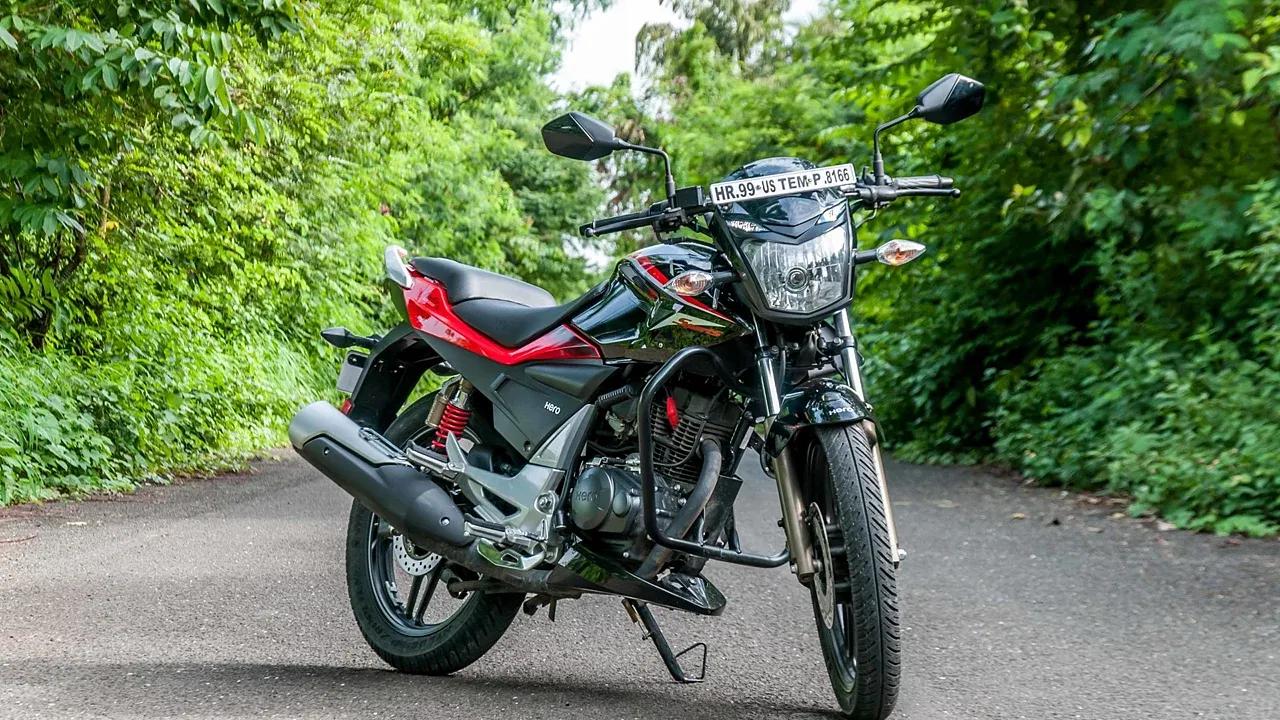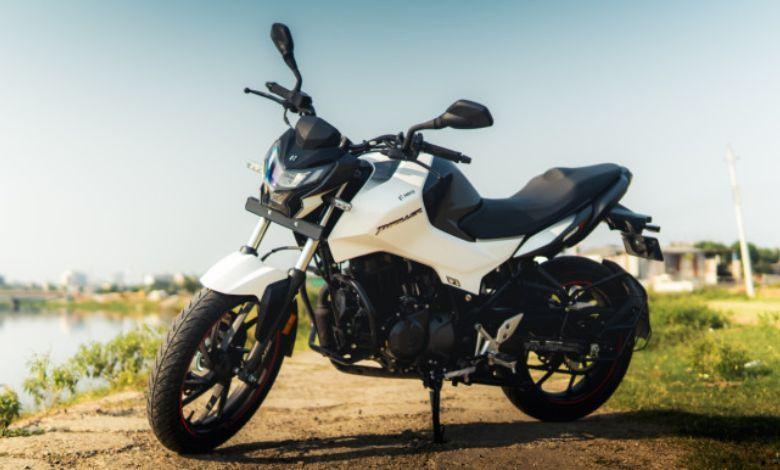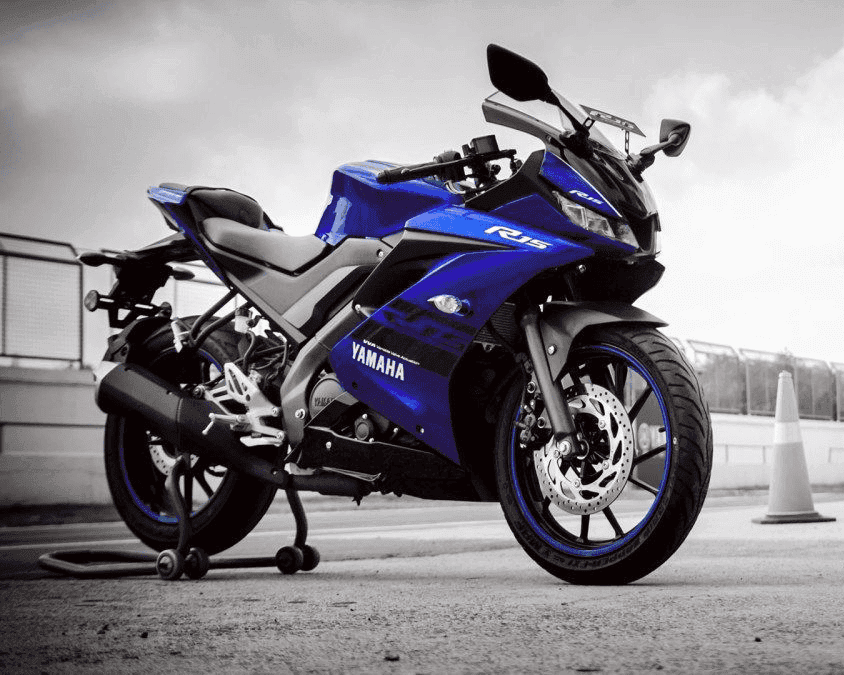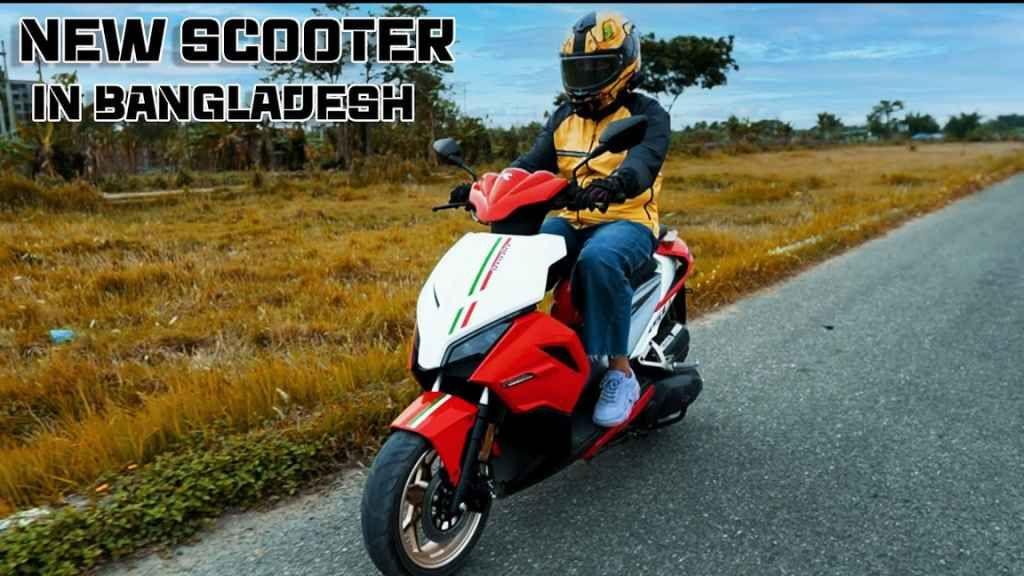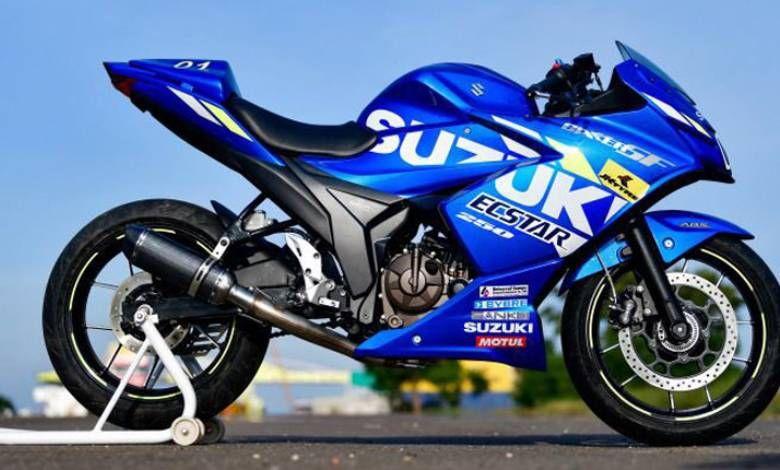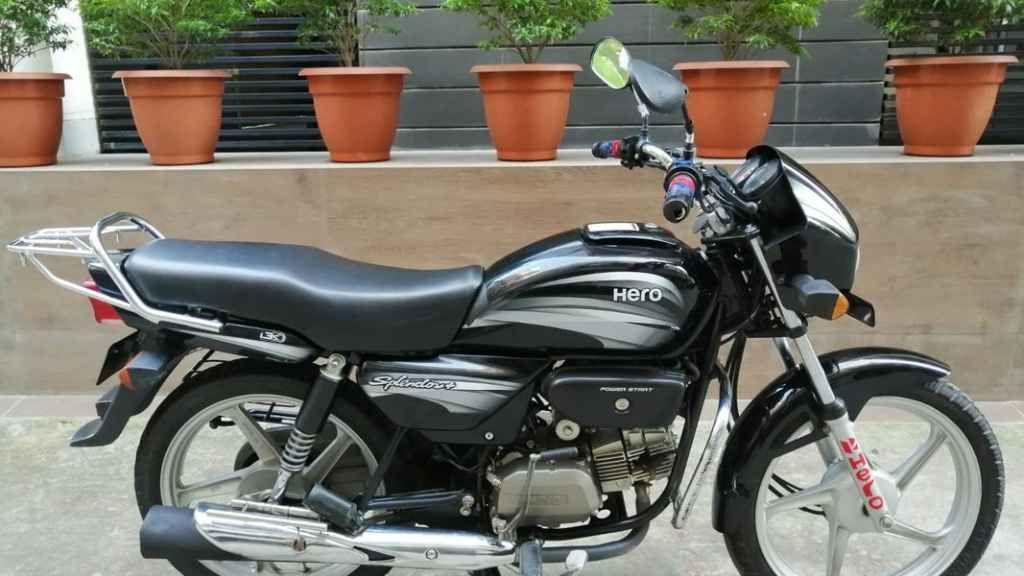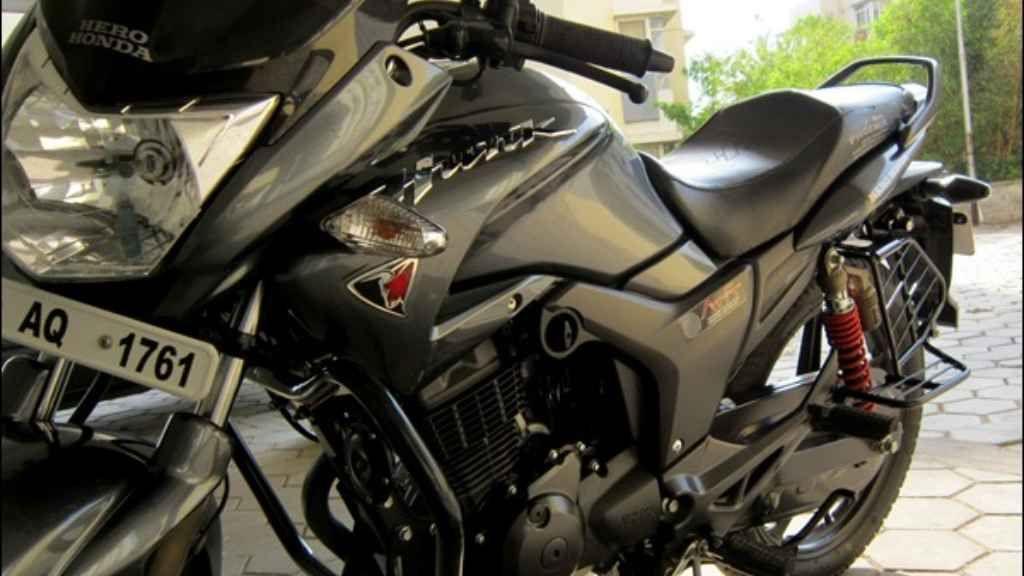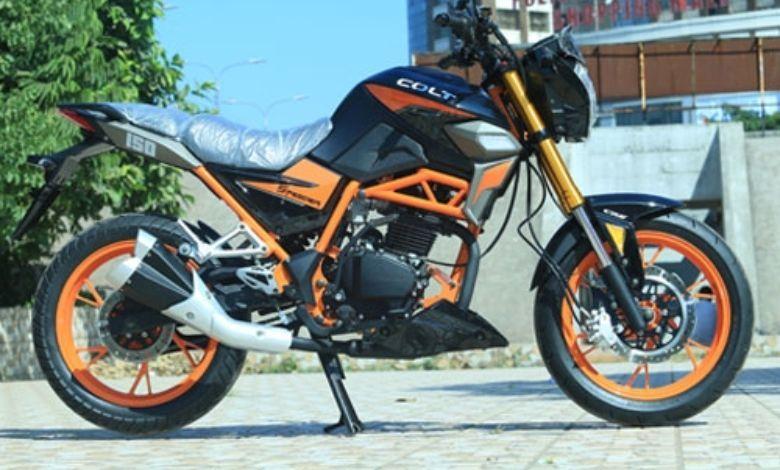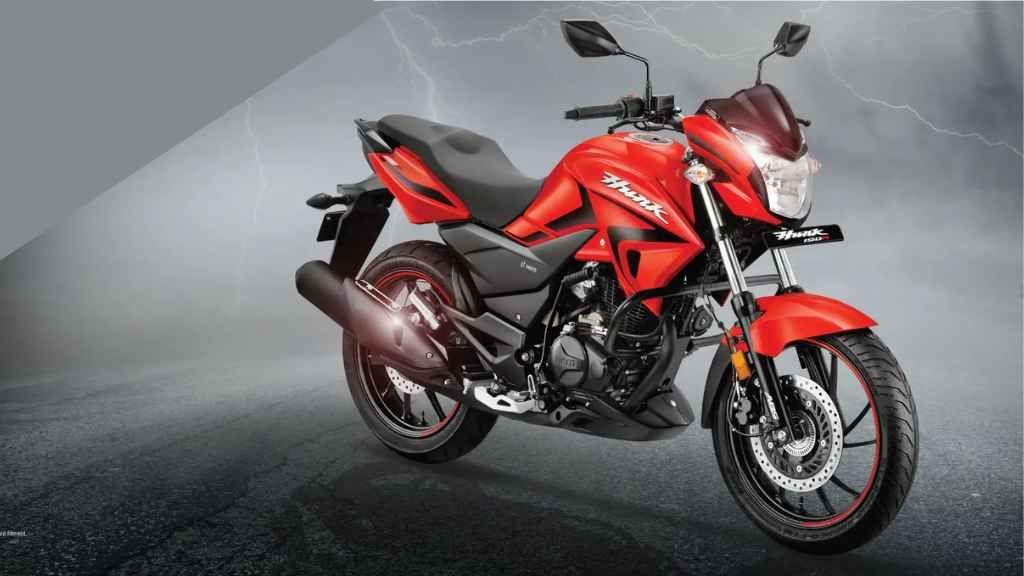What Is Engine Braking? Detailed Discussion
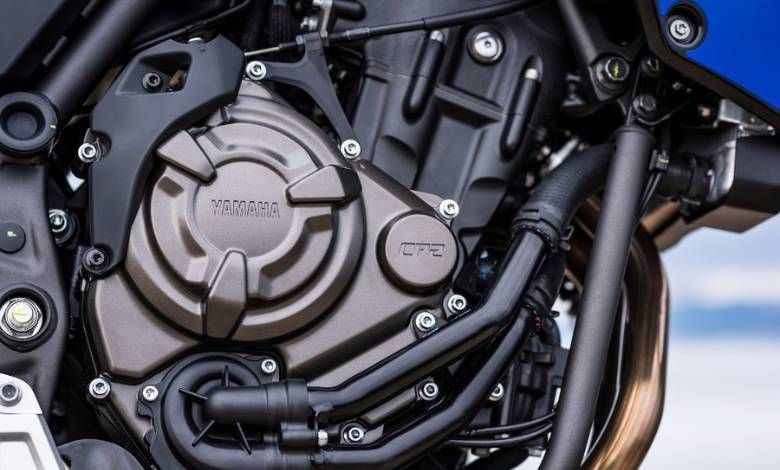
Riding a motorcycle at high speed in no way demonstrates your control over the bike or your skill. Instead, your skill is revealed by how quickly you can bring a high-speed bike under control or bring it to a stop. Moreover, your well-being can also depend on it when riding on busy roads. Therefore, we should all acquire sufficient expertise in reducing bike speed. And engine braking can help you in this task. In today's article, we will try to learn more about engine braking.
What is Engine Braking?
In simple terms, engine braking is reducing the bike's speed by releasing the throttle instead of using the front and rear brakes. Bringing the bike to a stop using this method is called engine braking. Engine braking does not imply the presence of any physical brake in the bike's engine. To engine brake, you simply need to release the throttle, and the bike will gradually reduce its speed on its own.
Many people hold the misconception that engine braking is quite harmful to a bike's engine. However, experts and bike manufacturers recommend the method of engine braking. When riding at high speed, pressing the brake while holding the throttle might not always be enough. Especially when we only have 2-3 seconds or even less to react. So, at that moment, our goal is to reduce the bike's speed as quickly and efficiently as possible.
By using engine braking along with pressing the front and rear brakes and releasing the throttle, it's possible to reduce the bike's speed even faster. And no, engine braking does not cause any damage to the bike's engine. Rather, when performed correctly, it ensures the safety of both the bike and the rider.
How Does Engine Braking Work?
When the throttle is open, the pistons draw air and fuel into the cylinders. Even when the throttle is closed, the pistons still try to draw air into the cylinders, but the throttle plate blocks it, creating a vacuum. This creates friction on the pistons, reducing their speed. Consequently, the speed of the rear wheel also decreases. When you release the throttle, the higher the engine RPM, the greater the friction generated, which increases the engine-braking force. This is why the throttle must be released during engine braking.
Due to this friction, many people believe that it damages the engine. However, this idea is incorrect. Engine braking does not change the condition of your motorcycle's engine. When you engine brake, the revs increase, which might make it seem like there's an engine problem. But in reality, no damage occurs as long as you are not downshifting gears too quickly. For example, if you immediately shift from 4th gear to 1st gear, you could lose balance and potentially damage the engine. Therefore, never downshift gears rapidly while engine braking.
Disadvantages of Engine Braking
The only disadvantage of engine braking is that your brake light does not illuminate when you use it. Therefore, the vehicle behind you doesn't know that you are actually braking to reduce speed. So, it's wise not to use engine braking on open roads, or you can use it when you know there is no vehicle behind you.
And if you ever need to engine brake on a busy road, we suggest gently applying pressure to your front or rear brake. This will let the vehicle behind you know that you are reducing speed.
Conclusion
When riding a bike at high speed, anything can appear in front of us, and we have to make decisions within milliseconds. In such situations, the faster you reduce your bike's speed, the better it is for the people/bikes or vehicles ahead, and for yourself. Therefore, we recommend using engine braking by releasing the throttle in conjunction with applying the front and rear brakes.
